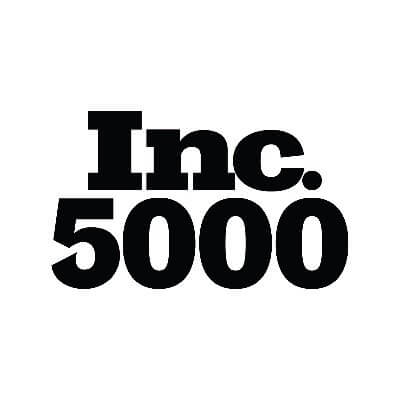![]()
Cost of Sales (COS) is the direct cost of selling a product or providing a service. Direct cost means that these costs are required for each sell. In accounting software, you will usually see this as Cost of Goods Sold (COGS). (For a complete article on calculating and recording COGS for ecommerce businesses, click here). In this article, we will use the term “Cost of Sales” as it more broadly covers service and product companies alike. We will run through the basics of getting quality Cost of Sales data so you can make better decisions around Cost of Sales optimization.
Identifying Cost of Sales (COS)
Properly identifying and recording Cost of Sales is key to getting the data you need for Cost of Sales optimization. For a quick check, you can run a line graph of your sales and COS. In general, they should follow each other. When sales increase, COS should increase. And vice versa.
If your COS line is delayed in following sales, the timing of recording Cost of Sales is likely off. If you have huge one-time spikes in COS, followed by periods of zero COS, this is the most common error we see. It means you are recording COS at the time of purchase (for a product company). This will create problems when you are trying to track gross profit margins and net income from month-to-month. You will get an unclear picture of your businesses’ actual performance. And this can lead to poor business decisions.
Finally, make sure you are tracking Cost of Sales separately for your different product SKU’s or services. This will give you transparency into the profitability of your different products or services.
Breakout Cost of Sales for service and product businesses
Now, let’s breakdown Cost of Sales for service and product businesses and where to find them. As a product company, you can use sales reports by SKU. Depending on your business, you can find this data in your point of sale system, back-end channel report or invoices. You can see how many sales you have each month and then use your inventory value for COS. Inventory should decrease as COS increases.
If you are a service business, you need to consider the people involved on projects, use of contractors and vendors, salaried people putting in time, and other factors. Tracking Cost of Sales by job and project is important for Cost of Sales optimization. It enables you to make more informed better decisions.
Identify hidden Cost of Sales
Another mistake that is common with Cost of Sales data is not capturing the full costs. Some Cost of Sales data is easy to identify. Other data can be hidden and get gobbled up in overhead costs. This will give you an inaccurate picture of your product SKU or specific service/job margins. Identifying all your Cost of Sales is key to optimization.
Common hidden costs for product businesses include the following:
- Cost of getting your product into storage – not including tariffs, shipping, etc.
- Costs related to point of sale – commissions, channel fees, giveaways, etc.
- Fulfillment – warehousing rent or fees, packaging, packaging size fees, returns/damages, etc.
Common hidden costs for service businesses include the following:
- Direct labor – tracking time of employees, since some of their work may be administrative or training
- Direct overhead – scope creep, management of staff, write-offs
- Tools – technology or assets that are directly related to the service
Strategies for Cost of Sales optimization
If you have properly identified and recorded Cost of Sales, now you can get into Cost of Sales optimization. As we get into these strategies, our warning is to not “dilute the soup!”. Cost of Sales are directly correlated with the value of your product. You don’t want to decrease and adjust Cost of Sales so much that it affects the value of your product or service, and therefore sales.
Service business Cost of Sales optimization
For service businesses, you can consider the following to drive down costs:
- Direct labor – remote work, offshore, and automation
- Direct materials – buy in bulk and lower-cost substitutes
- Software – volume purchases and multi-year agreements
With each of the above strategies, consider the full picture in your decision making. For example, remote work decreases rent, utilities, and furniture. On the other hand, remote work increases the cost of communication. Offshoring decreases labor, but increases communication and travel costs.
Product business Cost of Sales optimization
For product companies, consider the following when driving down Cost of Sales:
- Direct labor – outsource, onshore/offshore, and automation
- Direct materials – buy in bulk, lower-cost substitutes, alternate materials, changing or adding suppliers
- Indirect costs – streamline shipping and inventory optimization
Again, you will need to consider the full picture for each of these strategies within your business.
Final thoughts
Getting good Cost of Sales data is key before making optimization decisions. Make sure you are identifying and recording Cost of Sales in the right way. And don’t forget to look for those hidden Cost of Sales.
Finally, as you consider these Cost of Sales optimization strategies, remember this is a long-term play. These strategies and decisions are made over time and at some point, you won’t be able to decrease costs further. But you should be continually analyzing and considering Cost of Sales optimizations. Your business will change over time. So Cost of Sales optimization is an ongoing analysis.
If you need help with your ecommerce accounting, let us know.



